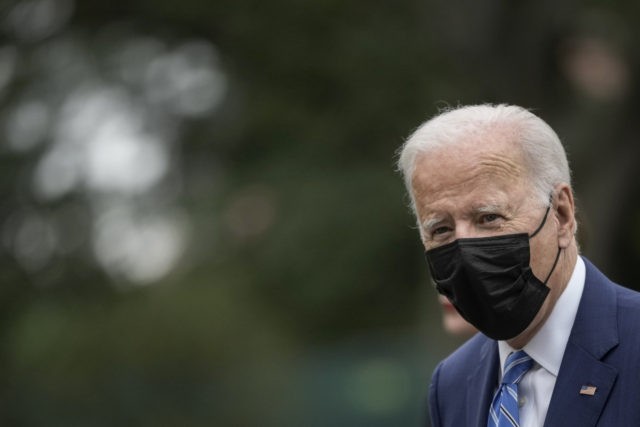Businesses faced even more difficulty hiring and retaining workers in August, data from the Labor Department showed Tuesday.
The total number of hires fell for the third consecutive month to 6.3 million, according to the Job Openings and Labor Turnover Survey, or JOLTS report. Private sector hiring also declined for the third straight month
Job openings fell to 10.44 million during the month, 659,000 below July’s upwardly revised 11.1 million. This may suggest that some employers are turning to increased automation or asking existing employees to work additional hours to make up for labor shortfalls.
Per US #JOLTS numbers, job vacancies fell for the first time in a while.
It's likely that the labor market is getting better, or at least less bad, at matching workers with openings.
Given muted job creation numbers, however, it could also be that firms are managing otherwise. pic.twitter.com/5yd9Z6afyX
— Mohamed A. El-Erian (@elerianm) October 12, 2021
As a percentage of the workforce, job openings dropped to 6.6 percent from July’s seven percent.
Job openings decreased in many sectors of the economy. Health care and social assistance openings shrank by 224,000. Openings in accommodation and food services declined by 178,000. State and local government education openings fell by 124,000. Openings increased in the federal government by 22,000.
The contraction of openings does not appear to be caused by jobs being filled. Hires in health care and social assistance rose by just 4,000 to 675,000. Hires decreased in accommodation and food services by 240,000 and and in state and local government education by 160,000.
The number of workers voluntarily quitting their jobs rose to 4.3 million, the highest in data going back to 2000. The percentage of workers quitting rose to 2.9 percent, also a record high. Quits increased in accommodation and food services by 157,000. Quits in wholesale trade rose by 26,000. Quits in state and local government education climbed 25,000.
The rate of quits in the private sector jumped to 3.3 percent from 3.1 percent in July. That is the highest on record and the third consecutive month at or above three percent. Prior to this year, the quits rate never exceeded three percent.
Because quits are voluntary separations initiated by employees, a high rate of quite is typically interpreted as a sign that workers are confident they can find employment elsewhere. That confidence may not fully explain the high level of quits this summer. It’s likely that fear of the Delta variant convinced some workers to exit their jobs. And inflation, which has outpaced wage gains lately, may have made work less attractive to some workers.
Some workers may also have been prompted to leave jobs that required vaccination or returning to offices.

COMMENTS
Please let us know if you're having issues with commenting.